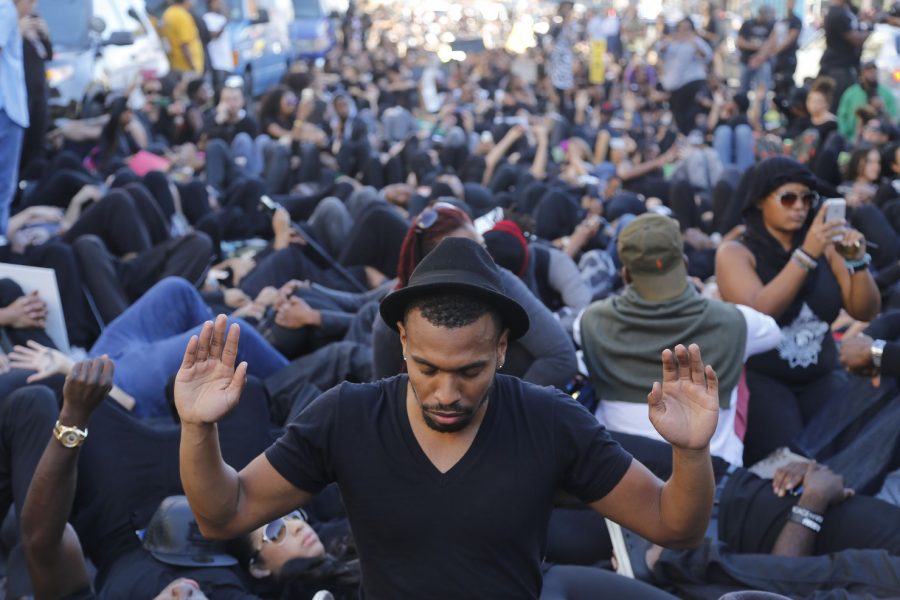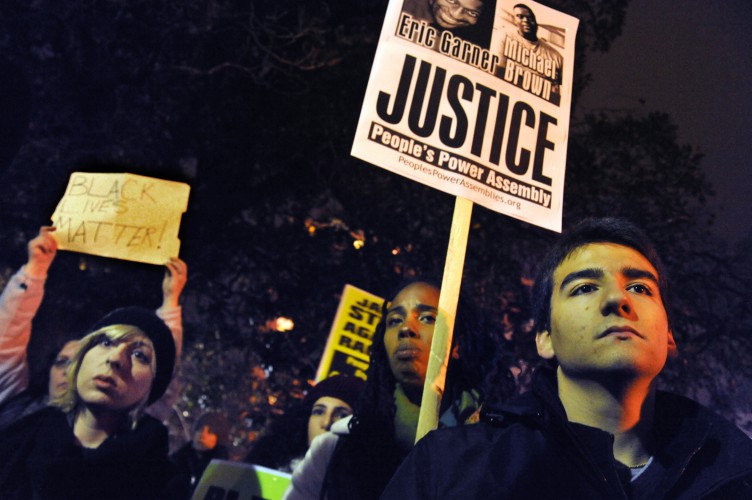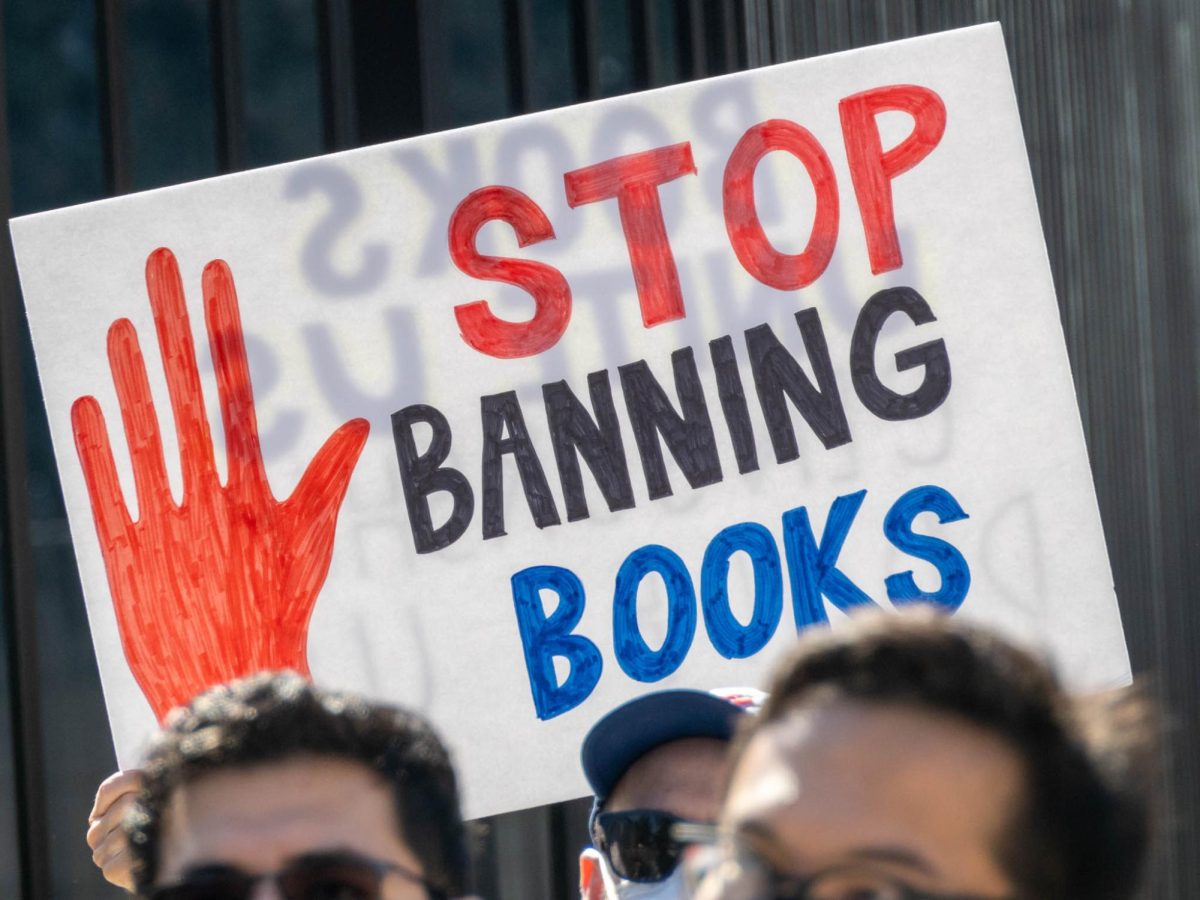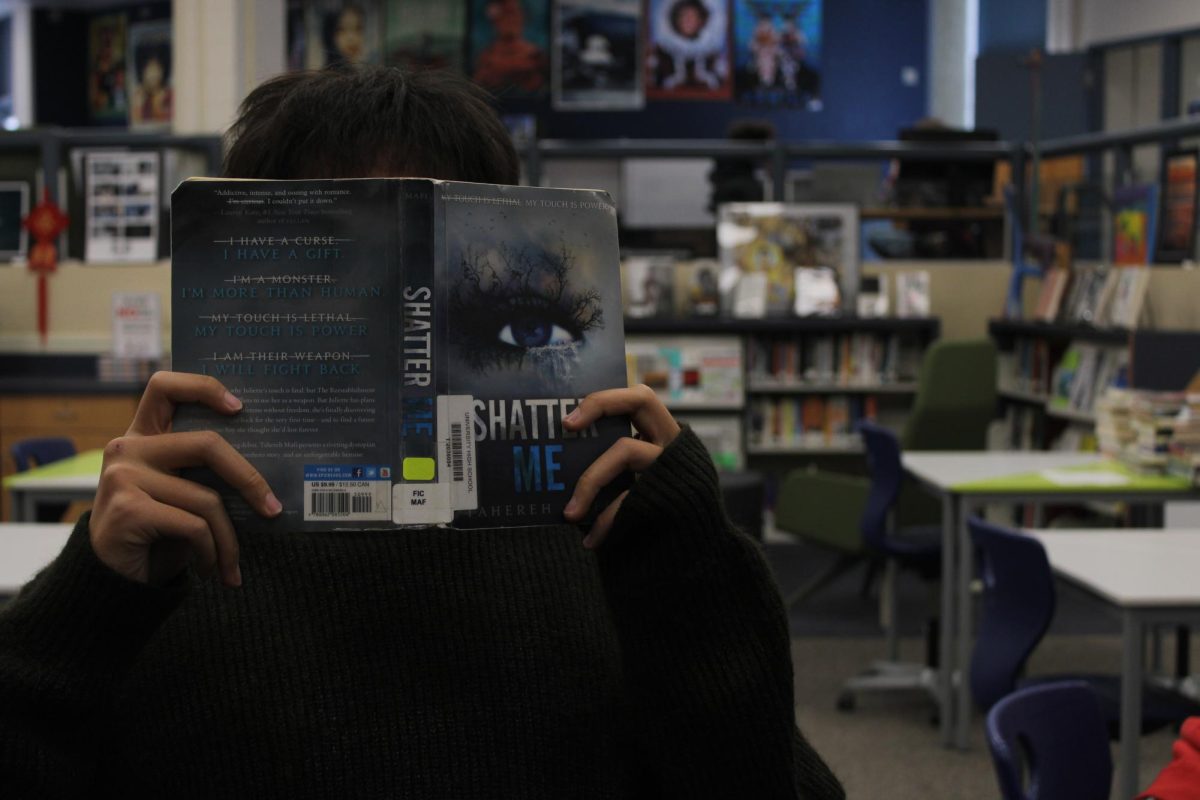By AISHEE DAS
Staff Writer
On December 3, the Staten Island officers responsible for the death of Eric Garner were not indicted for homicide or criminal conduct. Garner had been murdered on July 17 for resisting arrest for selling tax-free cigarettes.
The police officers put Garner in a chokehold, a move banned by the New York Police Department, and the chokehold was later ruled the cause of his death by medical examiners. A video of the incident shows Garner raising his hands in the air and telling the officers not to touch him and later repeating “I can’t breathe” 11 times while in the chokehold until he went silent. The refusal to indict the officers responsible for Garner’s death occurred shortly after November 24 when Ferguson officer Darren Wilson was not indicted for the murder of the unarmed black teen Michael Brown.
What is disturbing is how easy it is to indict someone in the United States. Sol Wachtler, former Chief Judge of the New York Court of Appeals, once hilariously stated that “a grand jury would indict a ham sandwich if that’s what you wanted.” The Bureau of Justice reports that in 2009 and 2010, only 11 cases out of 162,500 prosecuted cases did not return an indictment. Yet while indictments are so common, almost none of the cases involving police brutality get an indictment. According to Randoldh McLaughlin, a law professor in New York, “People do not want to believe officers do bad things. Society gives them the benefit of the doubt…It’s very difficult to indict a police officer.”
Unfortunately the list of deaths of black individuals by police brutality grows as their deaths are pushed aside by the justice system. In Cleveland, two cases of police brutality occurred within weeks of each other. On November 13, Tanesha Anderson, a schizophrenic black woman, had her head slammed into the pavement after trying to resist being taken to a medical center for mental care. She became unconscious on the pavement and was pronounced dead two hours later. On November 22, a 911 caller called to report someone in the park waving a gun at people. The caller repeated twice that it was “probably fake” and that the person in question was “probably a juvenile.” The officers pulled up a few feet away from Tamir Rice, a 12-year-old black boy who was sitting at a park gazebo playing with a toy gun. Upon seeing that Rice was reaching into his waistband, the officer shot him only two seconds after reaching the scene. Rice was pronounced dead on the spot.
Many defended the police officer, Tim Loehmaan, for shooting Rice because there was ambiguity and a threat that the boy had a real gun. However, that does not condone the reality that the officer driving the cruiser had immediately pulled up only a few feet away from Rice instead of assessing the situation from farther away. More shockingly, Rice was only 12 years old, and shooting a child without a clear reason or threat (the toy gun was not yet pulled out when the officer had shot him) is plain immoral. Loehmaan’s supervisors in his previous police department in Independence, Ohio reported that he demonstrated a “lack of maturity” and a “dangerous loss of composure” in one incident in a gun range training session, yet he still was able to become a police officer in Independence and Cleveland.
The Department of Justice reviewed Cleveland’s Division of Police and stated that its police officers have “engaged in a pattern and practice of using excessive force.” The report had briefed on a few issues found in the Cleveland department, one of the main issues being: “Officers fired guns at people who did not pose an immediate threat of death or serious bodily injury to officers or others.” Eric Holder, the Attorney General of the Department of Justice, plans on reforming officer training there. Similarly, New York mayor Bill de Blasio expressed dissatisfaction over the refusal to indict the officers in charge of Eric Garner’s death and also outlined a plan to create a new training program that focuses on problem solving and communication.
Even though it is a pleasant change to see that leaders have taken action to prevent cases of police brutality in the future, I doubt training on “problem-solving and communication” will do much to combat the actual problem behind police brutality: racism. Racism is so deeply rooted in our system, media and culture that racism is embedded into the way in which we handle situations. Daren Wilson shot an unarmed black teenager who was running away from him, and Tim Loehmaan shot a 12-year-old boy out of fear and paranoia. It seems that police officers are generally more violent and impulsive towards black individuals because officers label black neighborhoods as crime and illegal activity hubs, enforcing the stereotype of the black thug in media and culture.
Whether Darren Wilson, Tim Loehmaan or the officers involved in the deaths of Tanesha Anderson and Eric Garner were racist or not, instincts told them to fight because as white cops, they would be given the benefit of the doubt. Unfortunately, the systemic racism in the United States will protect the white officer over the black individual, and police officers can be influenced to see black individuals as more of a threat to society than white individuals.
This racial discrimination and white privilege is existent although many individuals might claim otherwise. On the night of Darren Wilson’s rejected indictment, Twitter exploded, and the hashtag #CrimingWhileWhite trended for hours. Hundreds of thousands of tweets containing the hashtag came from white Twitter users recounting their experiences with officers and acknowledging their privilege in run-ins with the law. Some of tweets included Katie’s (@TheNerdyKatie) tweet “Threw lit fireworks at cop, ran, he just talked to my parents. #CrimingWhileWhite” and billy corgan’s (@UncleNatie) tweet “caught smoking weed on private property, lied repeatedly to cops, they found an oz in my car, told me to drive home slow #CrimingWhileWhite.”
The #CrimingWhileWhite hashtag was soon followed by the #AliveWhileBlack hashtag in which black tweeters recounted their vastly different experiences with officers. Christalyn Solomon (@ChristalynPR) tweeted, “My dad & I were pulled over after leaving an open house in affluent neighborhood. Questioned why we’d want to move there. #alivewhileblack.” Kyle (@KEFABE63) tweeted, “Hit over the head with a flashlight because I didn’t RESPOND quickly enough when asked a question. I was 13 at the time #alivewhileblack.”
Much police brutality is unfortunately based on racial discrimination, and the law is quick to defend white officers. In Eric Garner’s case, defenders of the officer stated that Garner was a large man and that the officer needed to resort to drastic measures to take the seemingly dangerous man down. Obviously they focused on the issue of Garner selling tax-free cigarettes and emphasized that Garner was a problematic man who needed to be arrested.
Similar to the Tamir Rice, Trayvon Martin, and Michael Brown incidents, people needed to justify black deaths by proving that the victims were dangerous individuals. Time after time, media omits photographs of these individuals being kindhearted and smiling in turn for photographs of more serious or even angry expressions. However, Eric Garner selling tax-free cigarettes and Michael Brown having traces of marijuana in his system does not, in any way, justify their murders. By painting murdered black individuals as thugs, people are more comfortable with their deaths as if the murders are seemingly justified and do not focus on the pressing issue of race.
Protesters on the behalf of of black rights are also seen as violent. The National Guard was called to Ferguson before the grand jury decision on Darren Wilson’s indictment was even released, demonstrating that the protesters were expected to be dangerous and in need of control by the National Guard. In reality, the majority of protests were peaceful. The mistreatment occurred in various protests around the nation. People were arrested for blocking sidewalks while protesting, and police even used batons on reporters during Black Friday protests in New York City.
Last Saturday’s protests at the University of Berkeley, California were largely peaceful, but SWAT teams and the police departments of surrounding cities all rushed to the scene expecting the worst. The peaceful protesters were soon being tear gassed and forced to move by baton because of a few angry individuals. By portraying the entire community and protests surrounding the situations in Ferguson, Staten Island, etc. as violent and unnecessary, the media makes people feel more comfortable with siding with the murderers.
While the media skews the images of these protesters, it is important to remember the message that the protesters are trying to send. These protesters are keeping the conversation of race and inequality in the United States relevant and unavoidable. The Civil Rights Movement and all the various boycotts, marches and protests associated with it took over 10 years to make a difference. Now that a conversation of race has been raised, unfortunately at the cost of certain individuals, we, as the next generation, have the responsibility to respond with change.















